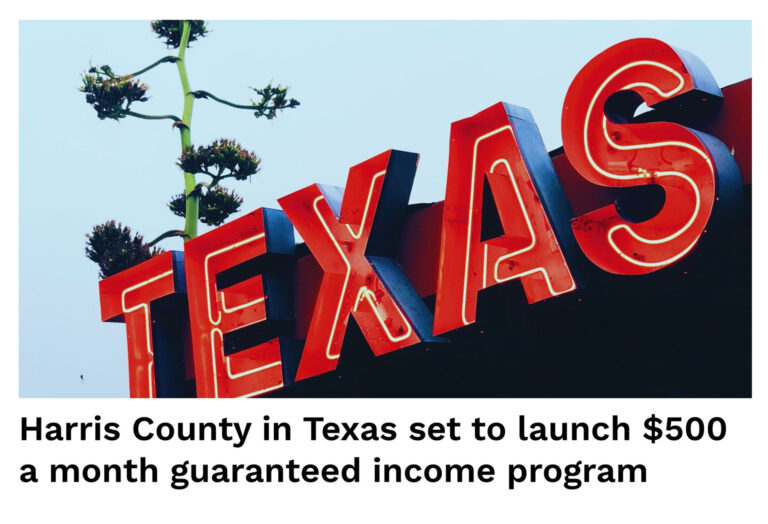SPENDING BREAKDOWN
The data in this pie chart shows aggregate spending for guaranteed income participants in St. Paul, MN (PPP). This includes all non-cash expenditures from the participants’ pre-paid debit card that is loaded with guaranteed income payments monthly.
Retail sales and services accounted for the largest share of spending, at 55.35%, followed by Food and groceries (28.05%) and Transport related expenses (5.74%).
CHILD TAX CREDIT
The state of Minnesota significant reduction in poverty as a result of the largest, national pilot in the Child Tax Credit that was implemented as a result of the Covid Pandemic.
This program provided tax credit for eligible taxpayers with qualifying children in the form of cash payouts. The credit amount varied based on factors like the number of qualifying children and the taxpayer’s income. It can lower tax liability or result in a tax refund.
During the course of this pilot, it has been proven to reduce poverty for families with dependent children – in every state.
DEMOGRAPHICS
Basic Information
Children in Households
Gender
Annual Household Income (in $USD)
Featured Story
Samantha & Max
Samantha and Max are a married couple with four children. During the pandemic, Max lost his income and medical bills were piling up for their infant daughter born with a heart condition.
The guaranteed income allowed them to feel less stressed about medical bills, take a training program that enabled Samantha to secure a new job, and also fix their daughter’s bike.
“What I have received from the program is the ability to be more open hearted, whether that’s about taking care of myself or taking care of my family,” said Samantha. “Or even just being more thoughtful about the community and realizing that as my own tensions unwind, it allows you to give that grace to others too.”
Featured Story
Kipp
Featured Story
PATRIC
Story content goes here
Featured Story
Name
Featured Story



